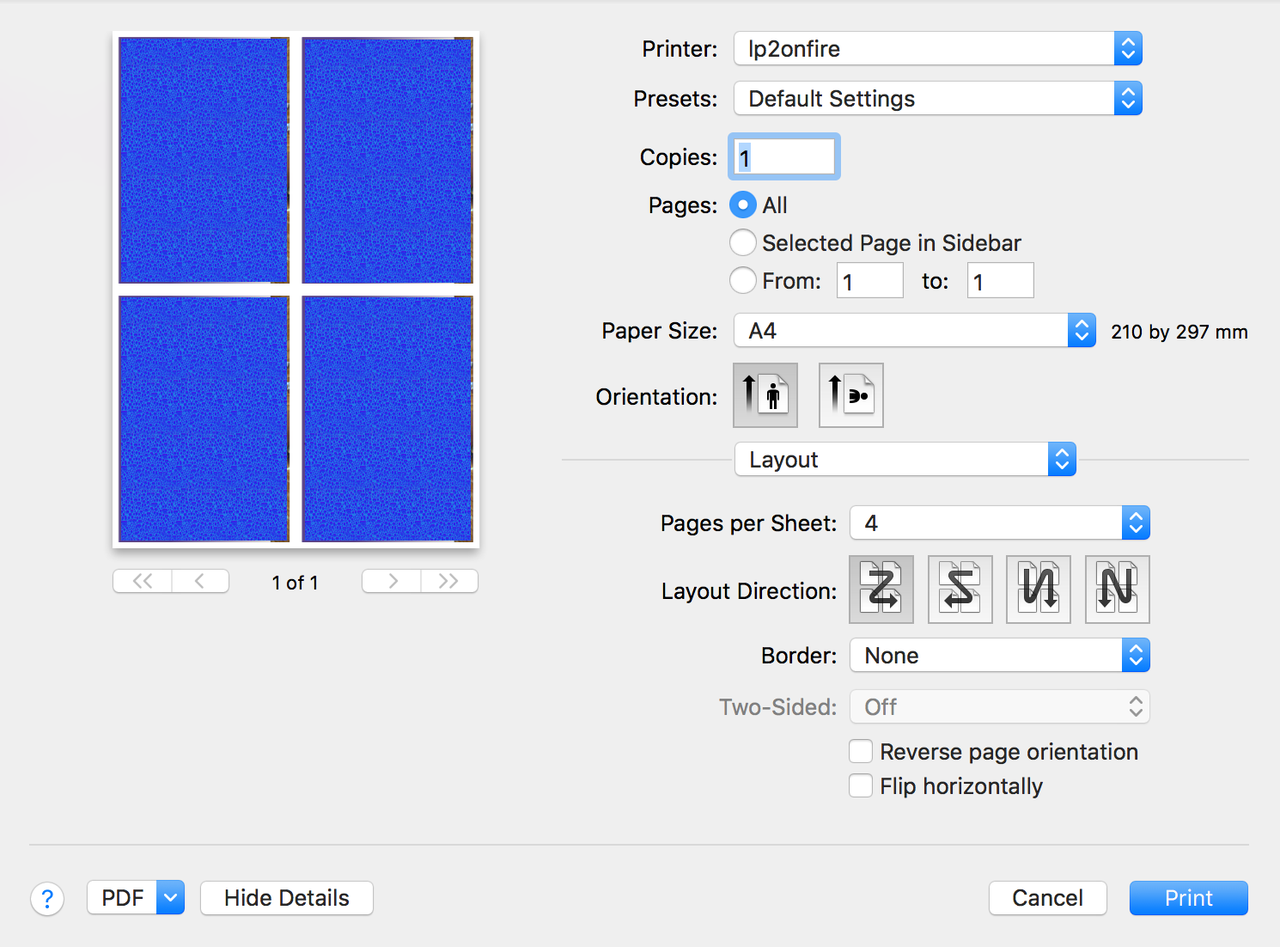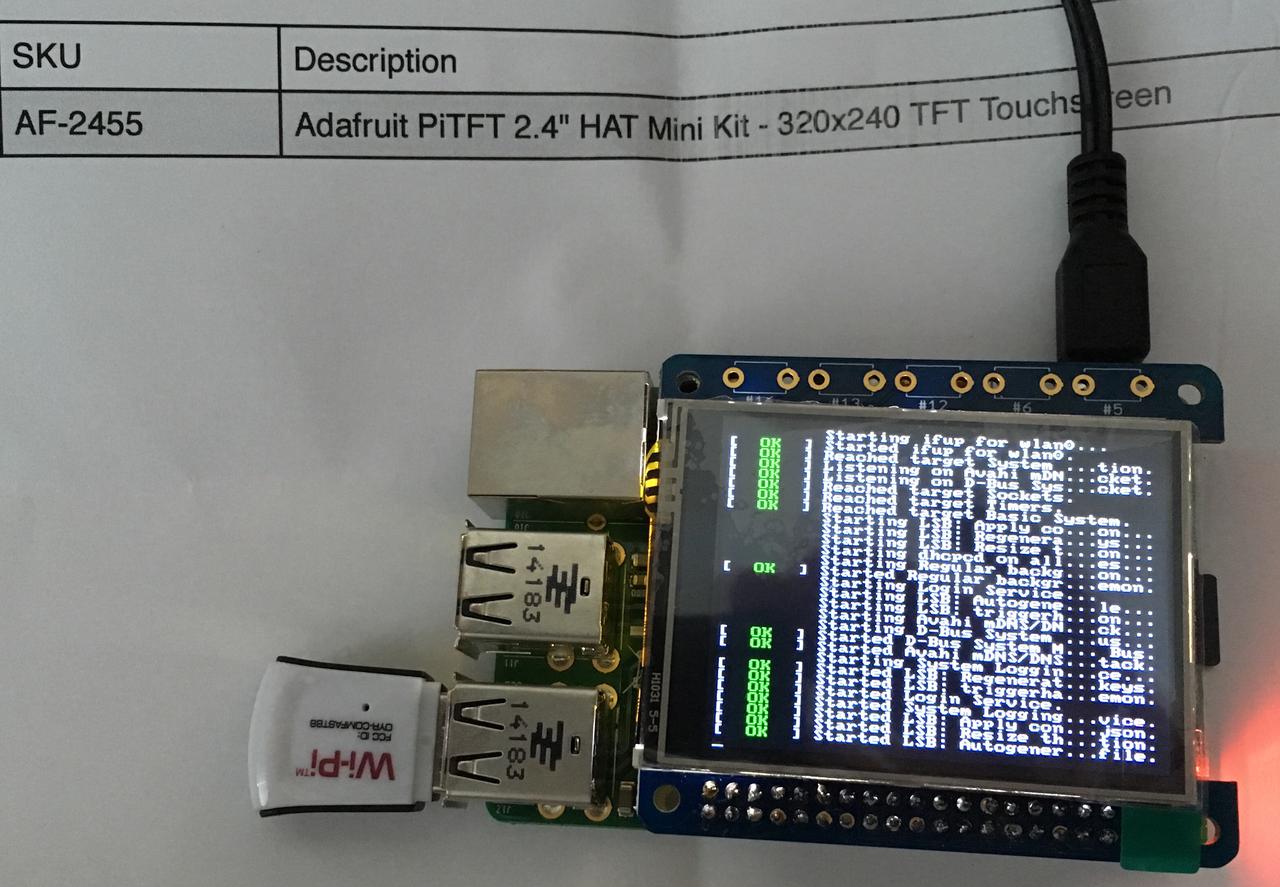Living in Australia generally means that you're on the end of a Long Fat
Network (LFN), internet-wise. That's a serious technical term which
is important to the networking stack when determining optimal data
transfer sizes.
Two of my colleagues down in Melbourne are also with
Aussie Broadband and using the top (100Mbit down, 40Mbit up) NBN speed tier. We also
have company-issued hardware vpn units because we work from home
fulltime. I was delighted at the bandwidth available from Aussie for our
connections to work systems in the SF Bay Area, and when I had cause to
update my systems to a new build I observed that it now took about 55
minutes on our media server, rather than the 80-90 minutes it took
with the SkyMesh connection.
There was a fly in the ointment, however, because my colleagues and I
calculated that while we should be getting 1Mb/s or more as a sustained
transfer rate from the internal pkg server, we'd often get around
400kb/s. Since networking is supposed to be something Solaris is
good at, we started digging.
The first thing we looked at was the receive buffer size, which defaults
to 1Mb. Greg found https://fasterdata.es.net/host-tuning/other/ so
we changed that for tcp, udp and sctp. While fasterdata document talked
about using /usr/sbin/ndd, the Proper Way(tm) to do this in
Solaris 11.x is with /usr/sbin/ipadm:
# for pp in tcp udp sctp; do ipadm show-prop -p max-buf $pp; done
PROTO PROPERTY PERM CURRENT PERSISTENT DEFAULT POSSIBLE
tcp max-buf rw 1048576 -- 1048576 1048576-1073741824
PROTO PROPERTY PERM CURRENT PERSISTENT DEFAULT POSSIBLE
udp max-buf rw 2097152 -- 2097152 65536-1073741824
PROTO PROPERTY PERM CURRENT PERSISTENT DEFAULT POSSIBLE
sctp max-buf rw 1048576 -- 1048576 102400-1073741824
To effect a quick and persistent change, we uttered:
# for pp in tcp udp sctp; do ipadm set-prop -p max-buf=1073741824 $pp; done
While that did seem to make a positive difference, transferring a
sample large file from across the Pacific still cycled up and down
in the transfer rate. The cycling was really annoying. We kept
digging.
The next thing we investigated was the congestion window, which is where
the afore-mentioned LFN comes in to play. That property is cwnd-max:
# for pp in tcp sctp; do ipadm show-prop -p cwnd-max $pp; done
PROTO PROPERTY PERM CURRENT PERSISTENT DEFAULT POSSIBLE
tcp cwnd-max rw 1048576 -- 1048576 128-1073741824
PROTO PROPERTY PERM CURRENT PERSISTENT DEFAULT POSSIBLE
sctp cwnd-max rw 1048576 -- 1048576 128-1073741824
Figuring that if it was worth doing, it was worth overdoing, we bumped
that parameter up too:
# for pp in tcp sctp; do ipadm set-prop -p cwnd-max=1073741824 $pp; done
$ curl -o moz.bz2 http://ftp.mozilla.org/pub/mozilla/VMs/CentOS5-ReferencePlatform.tar.bz2
% Total % Received % Xferd Average Speed Time Time Time Current
Dload Upload Total Spent Left Speed
3 3091M 3 102M 0 0 4542k 0 0:11:36 0:00:23 0:11:13 5747k^C
While that speed cycled around a lot, it mostly remained above 5MB/s.
Another large improvement. Yay!
However... we still saw the cycling. Intriguingly, the period was about
20 seconds, so there was still something else to twiddle.
In the meantime, however, I decided to update our media server.
I was blown away.
23 minutes 1 second
Not bad at all, even considering that when pkg(1) is transferring lots
of small files it's difficult to keep the pipes filled.
Now that both Greg and I had several interesting data points to
consider, I asked some of our network gurus for advice on what else we
could look at. N suggested looking at the actual congestion algorithm in
use, and pointed me to this article on High speed TCP.
High-speed TCP (HS-TCP ). HS-TCP is an update of TCP that reacts better when using large congestion windows on high-bandwidth, high-latency networks.
The Solaris default is the newreno algorithm:
# ipadm show-prop -p cong-default,cong-enabled tcp
PROTO PROPERTY PERM CURRENT PERSISTENT DEFAULT POSSIBLE
tcp cong-default rw newreno -- newreno newreno,cubic,
dctcp,
highspeed,
vegas
tcp cong-enabled rw newreno, newreno, newreno newreno,cubic,
cubic,dctcp, cubic,dctcp, dctcp,
highspeed, highspeed, highspeed,
vegas vegas vegas
Changing that was easy:
# for pp in tcp sctp ; do ipadm set-prop -p cong-default=highspeed $pp; done
Off to pull down that bz2 from mozilla.org again:
$ curl -o blah.tar.bz2 http://ftp.mozilla.org/pub/mozilla/VMs/CentOS5-ReferencePlatform.tar.bz2
% Total % Received % Xferd Average Speed Time Time Time Current
Dload Upload Total Spent Left Speed
100 3091M 100 3091M 0 0 5866k 0 0:08:59 0:08:59 --:--:-- 8684k
For a more local test (within Australia) I made use of Internode's facility:
$ curl -o t.test http://mirror.internode.on.net/pub/test/1000meg.test
% Total % Received % Xferd Average Speed Time Time Time Current
Dload Upload Total Spent Left Speed
100 953M 100 953M 0 0 10.0M 0 0:01:35 0:01:35 --:--:-- 11.0M
And finally, updating my global zone.
# time pkg update --be-name $NEWBE core-os@$version *incorporation@$version
Packages to update: 291
Create boot environment: Yes
Create backup boot environment: No
DOWNLOAD PKGS FILES XFER (MB) SPEED
Completed 291/291 2025/2025 116.9/116.9 317k/s
PHASE ITEMS
Removing old actions 1544/1544
Installing new actions 1552/1552
Updating modified actions 2358/2358
Updating package state database Done
Updating package cache 291/291
Updating image state Done
Creating fast lookup database Done
Reading search index Done
Building new search index 1932/1932
A clone of $oldbe exists and has been updated and activated.
On the next boot the Boot Environment be://rpool/$newbe will be
mounted on '/'. Reboot when ready to switch to this updated BE.
real 12m30.391s
user 4m4.173s
sys 0m21.496s
I think that's sufficient.



































